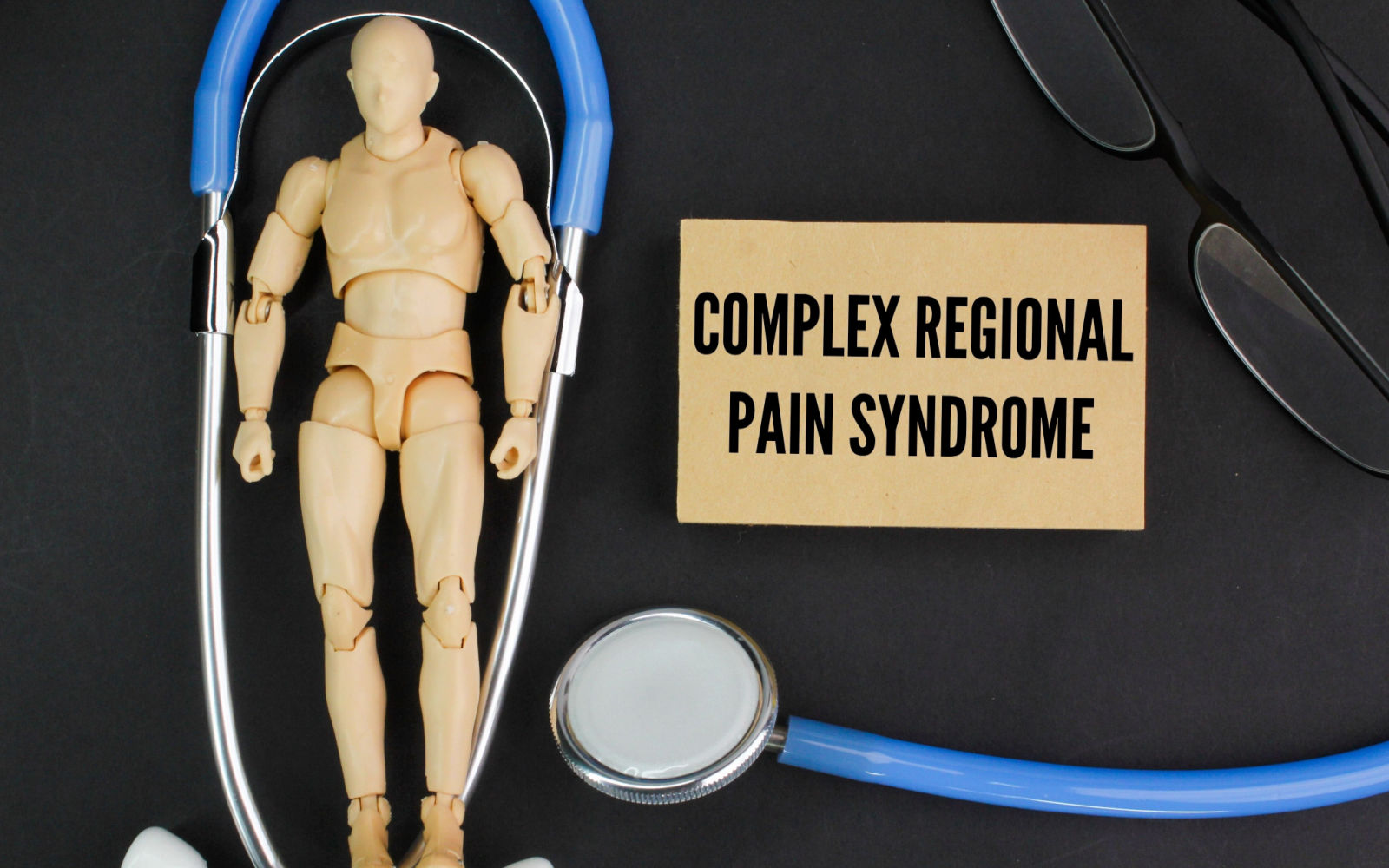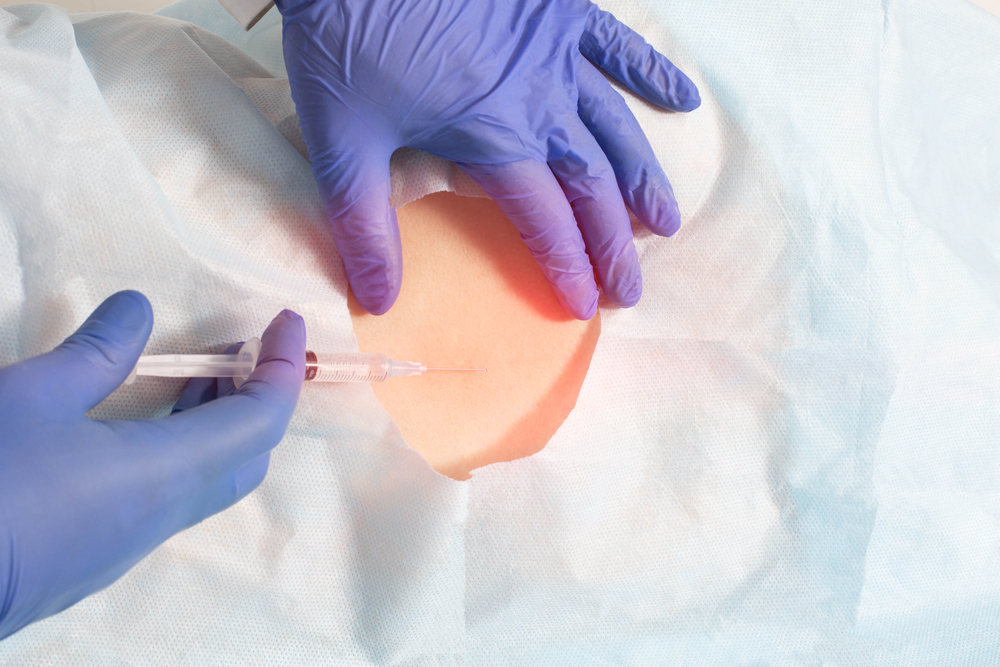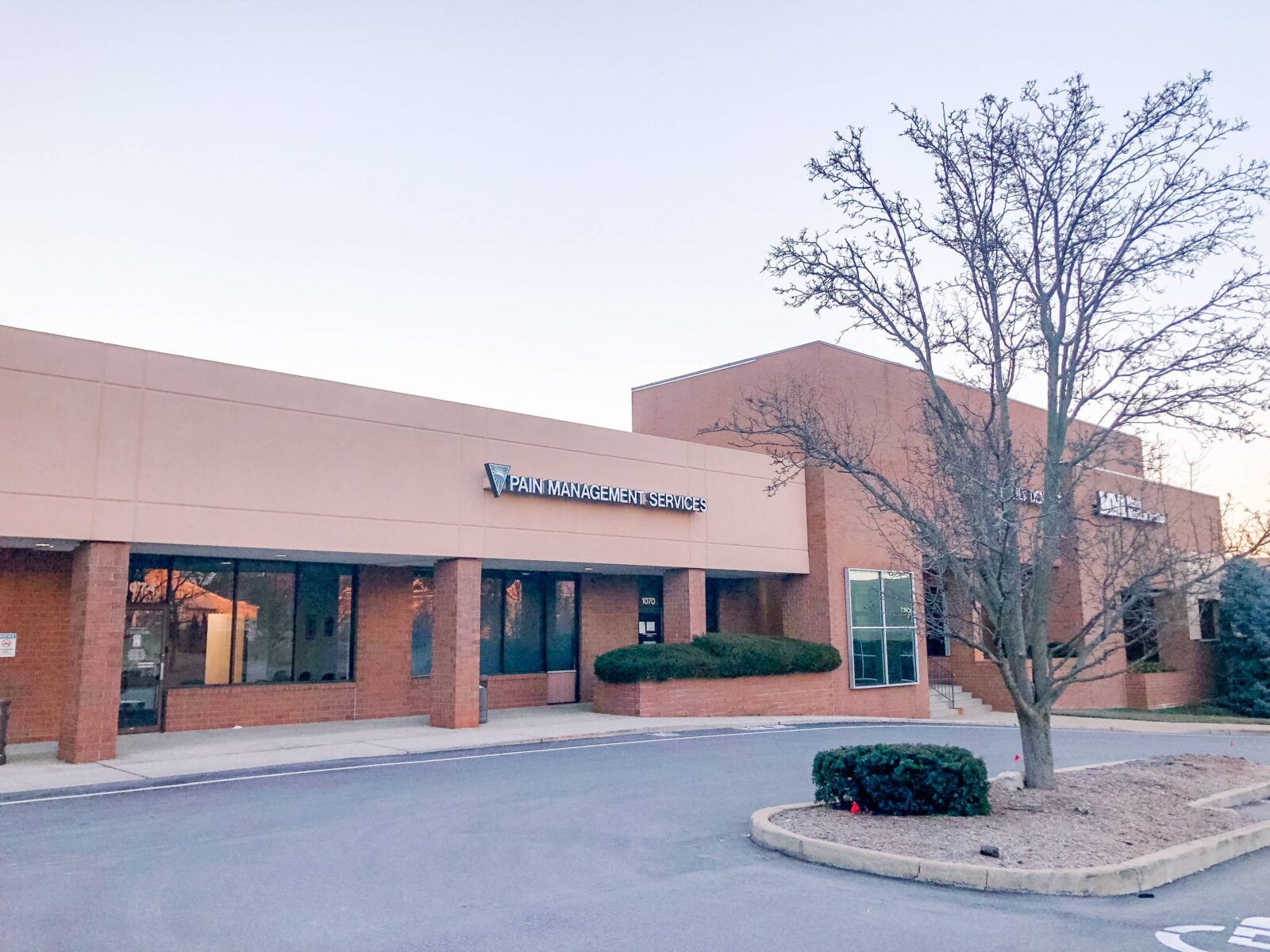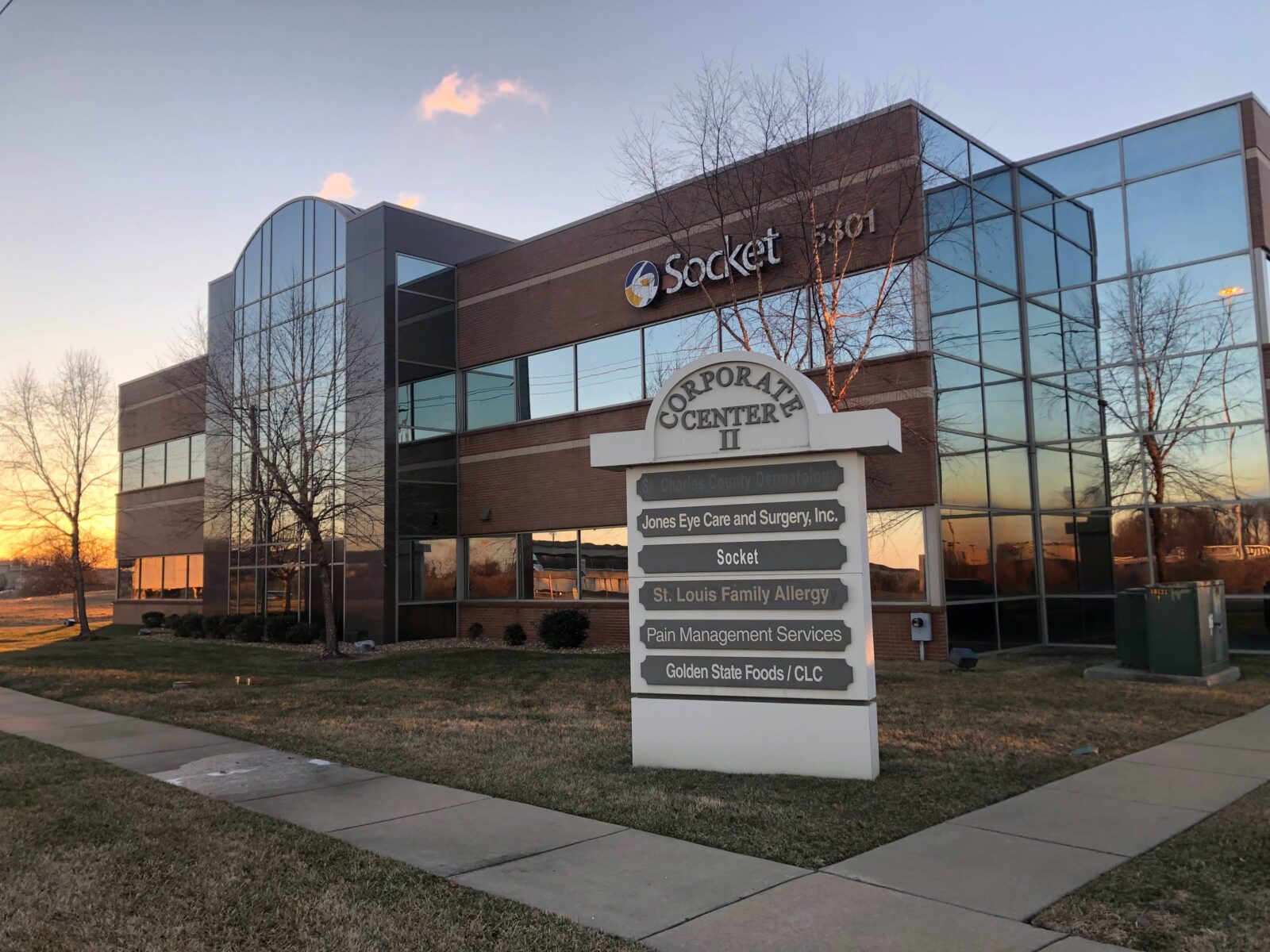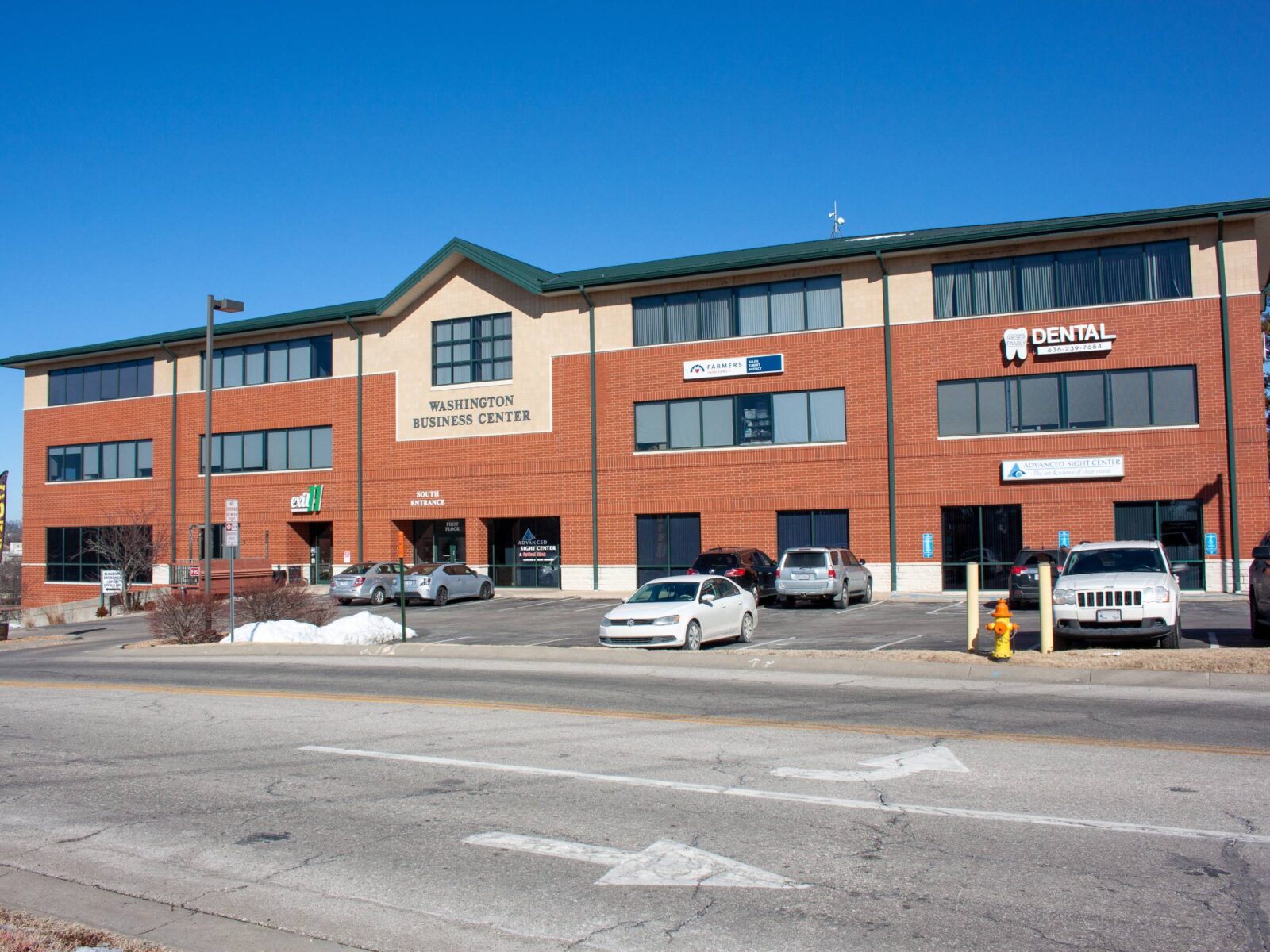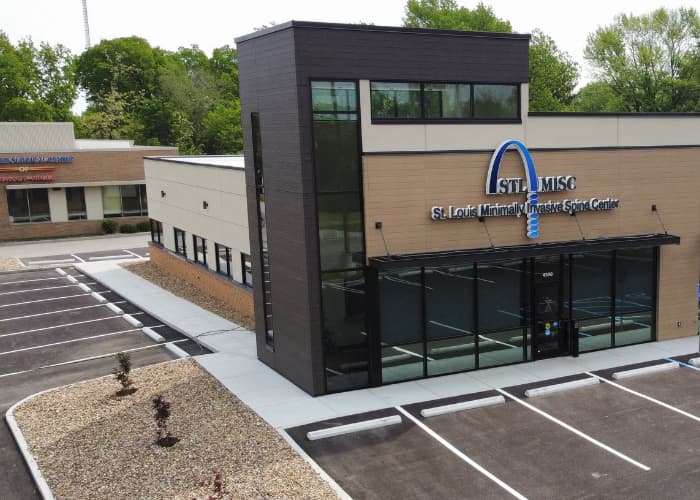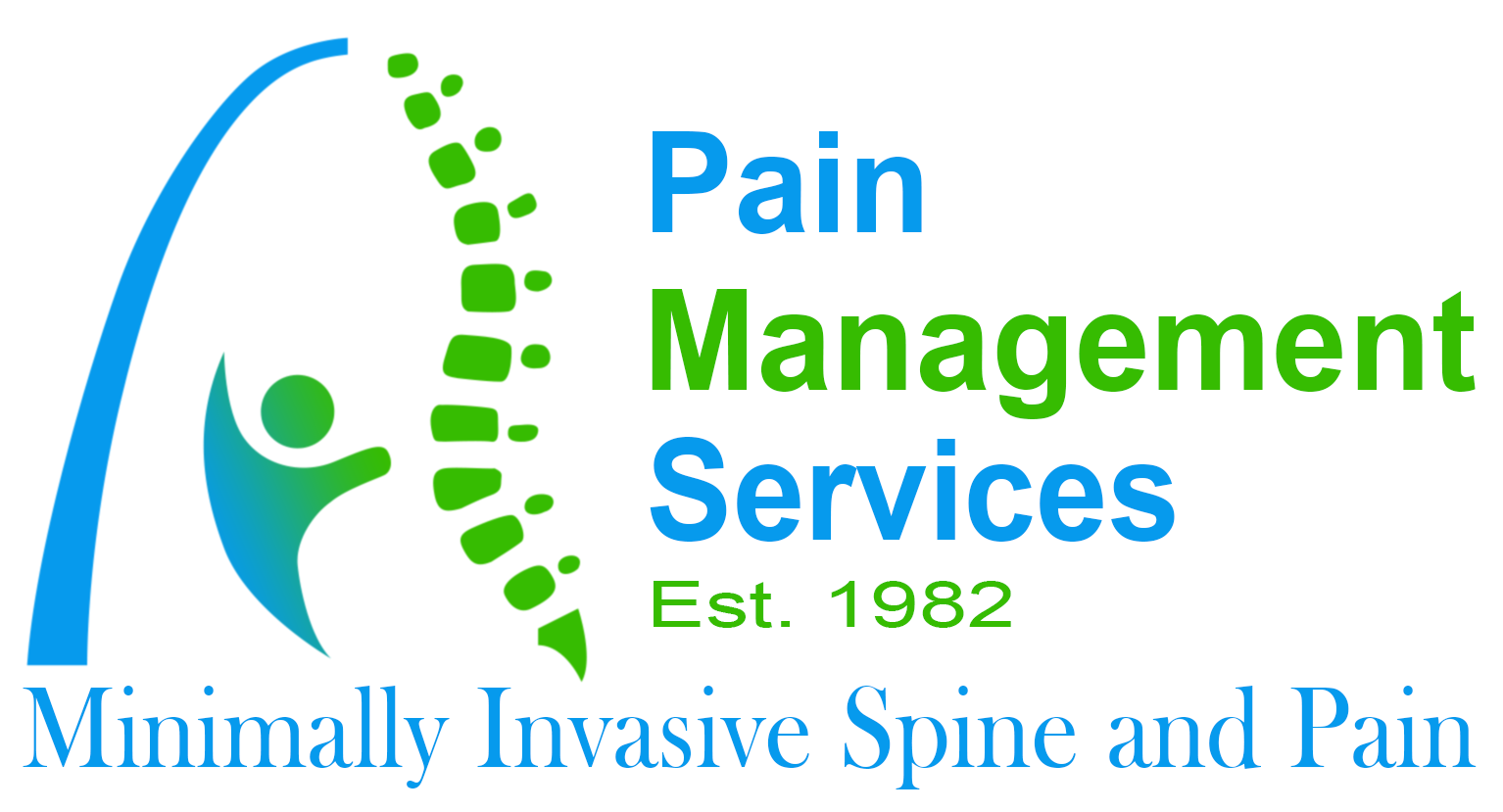Complex Regional Pain Syndrome (CRPS) manifests as persistent, severe pain typically occurring in a single limb. This condition is often the result of a limb being previously injured and an excessive response to the injury by the body. The resulting pain may spread beyond the initial point of injury, impacting a more significant percentage of the impacted limb. The condition is classified into two categories known as CRPS Type 1 and CRPS Type 2. Both types of this condition can notably impact a patient’s quality of life. Pain Management Services is dedicated to addressing life-impacting conditions like these from its location in Ballwin, MO.
Understanding Complex Regional Pain Syndrome And How It’s Treated
While it’s known that CRPS can occur in the aftermath of a previous injury, it’s not well understood what the underlying cause of CRPS is. The symptoms of this condition generally manifest as a stabbing, throbbing, burning, or stinging pain in the affected limb or limbs. These areas typically exhibit an extreme sensitivity to touch, with even light strokes or the weight of clothing triggering significant pain. In addition, these areas are often stiff and difficult to control due to swelling and other elements of the condition. Over time the functioning of the impacted limb can degrade, becoming jerky, shaking, and increasingly hard to control. It’s also common for these areas to exhibit color and temperature changes, appearing either more red or blue than usual or hotter or colder than average.
These changes are generally inconsistent and may shift in severity throughout the day. Additionally, some patients indicate that the impacted limbs feel strange. This strangeness is often described as being smaller or larger than usual. As with any chronic pain condition, anxiety and depression may develop or increase in severity over time.
Due to the individualized nature of CRPS cases, no single treatment works for all patients. However, any management or treatment technique used aims to maintain mobility in the limb. Physical rehabilitation and pain-relieving medication are the most common approaches, generally paired with psychological approaches to address the mental health impacts of the condition.
As mentioned above, two forms of CRPS have been identified, which are:
- CRPS Type 1 – This type of CRPS follows the recovery of a sprain or fracture with no accompanying nerve damage. This form of CRPS is also known as RSD, Sudeck’s Syndrome, or Reflex Sympathetic Dystrophy.
- CRPS Type 2 – This type of CRPS follows nerve damage that occurs as part of an injury. This form is typically seen in the wrist, feed, hands, knees, or ankle. It isn’t unheard of for the entire limb to be affected.
This condition can appear in patients of any age.
Speak To Pain Management Service For Help With Complex Regional Pain Syndrome
If you’re concerned about experiencing CRPS Type 1 or 2 symptoms, contact us at (314) 821-8644 and schedule a consultation and exam today. You’ll meet with one of our pain management specialists to discuss your concerns and review your medical history to determine the likelihood of CRPS. Together you’ll develop a treatment plan to help you find relief and manage your symptoms over time.

